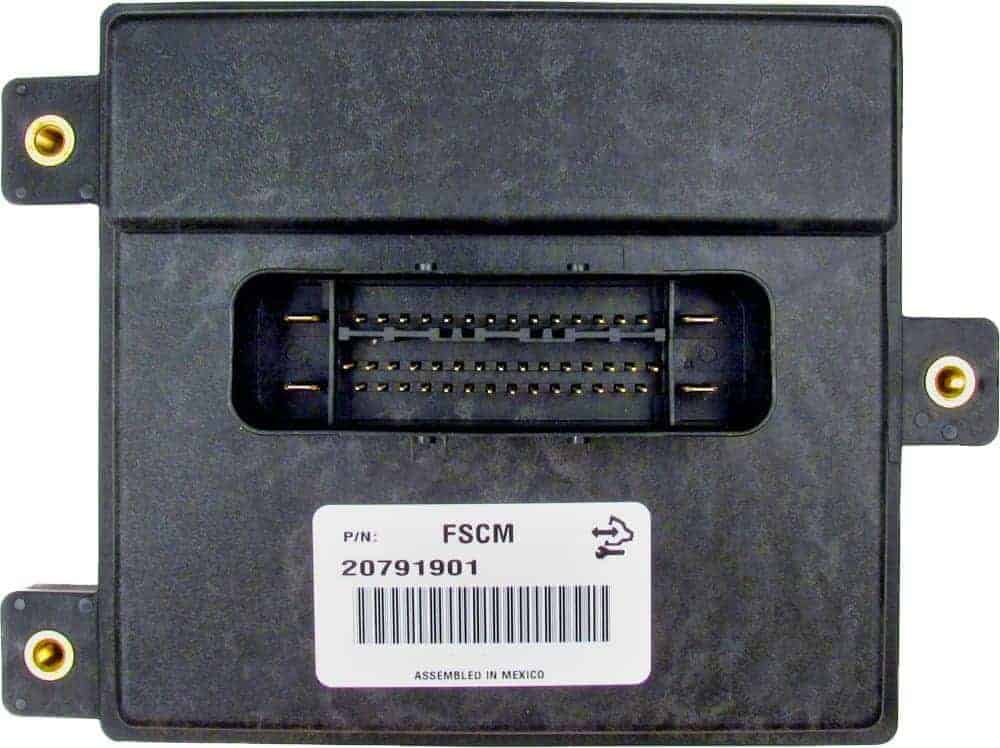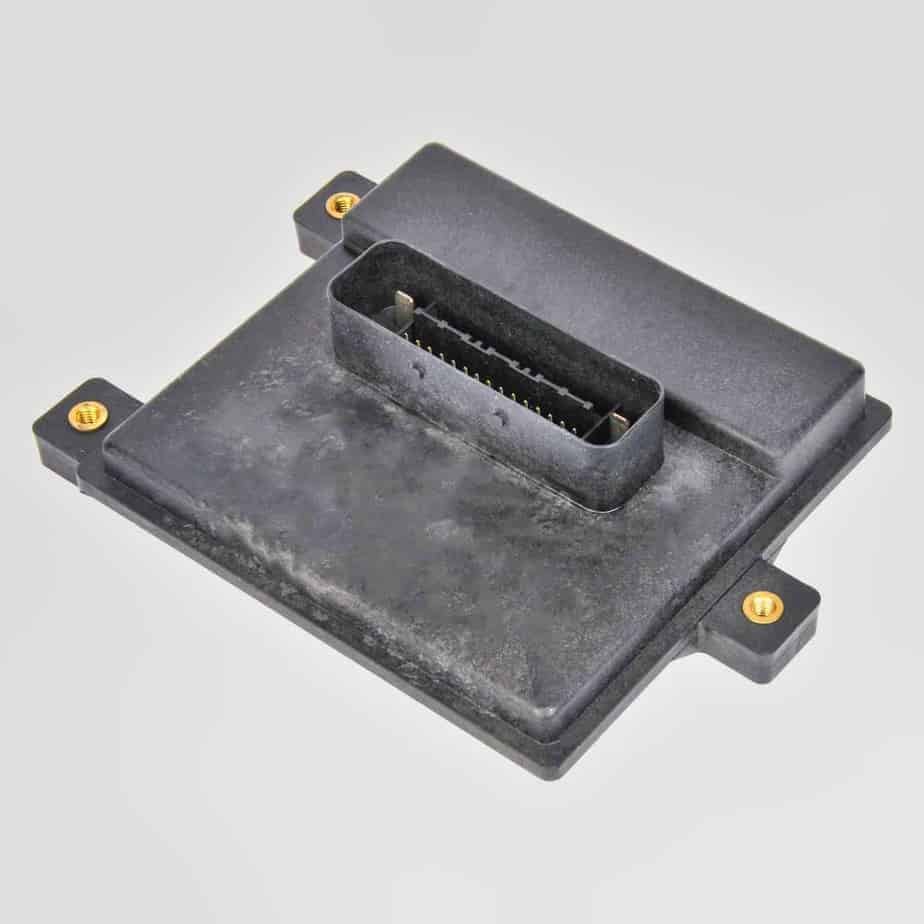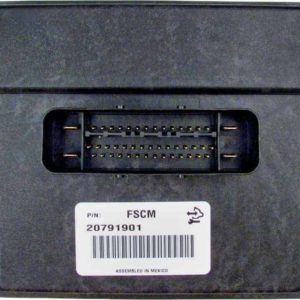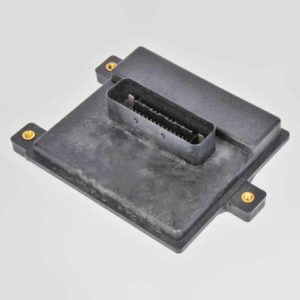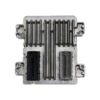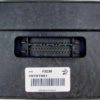Is Your GM Truck or SUV Stalling, Hesitating, or Refusing to Start?
If you’re dealing with frustrating fuel delivery issues in your 2007-2009 GM vehicle, you’re not alone. Symptoms like sudden engine stalls, sputtering under acceleration, or a complete no-start condition often point to a single, overlooked component: the Fuel Pump Control Module (FPCM), also known as a Fuel System Control Module (FSCM). As a mechanic with over 20 years of diagnostic experience, I’ve seen this part cause more headaches than almost any other electronic module on these trucks and SUVs. This isn’t just a replacement part; it’s the permanent fix that restores your vehicle’s reliability and your peace of mind.
The Dealership-Free Solution: Programmed & Ready for Installation
The biggest hurdle in replacing an FPCM has always been the mandatory, and often expensive, trip to the dealership for programming. We eliminate that step entirely. When you order from us, you provide your vehicle’s VIN, and we program the module with the latest GM software updates specifically for your truck or SUV. It arrives at your door ready for a straightforward, plug-and-play installation. No special tools, no appointments, no extra fees.
A Real-World Scenario from My Shop
“A customer brought in his 2008 Chevy Tahoe last month. It would die intermittently at stoplights and occasionally refuse to restart for 10-15 minutes. Another shop had already replaced the in-tank fuel pump, but the problem persisted. After hooking up my scan tool, I noticed communication loss with the fuel pump module (code U0109). I located the FPCM on the driver-side frame rail, and the cause was immediately obvious. The aluminum backing plate had corroded severely from years of exposure to road salt and moisture, compromising the internal electronics. We installed one of our pre-programmed modules, and the Tahoe has been running flawlessly ever since. It’s a classic failure mode for these parts.”
Common Symptoms of a Failing FPCM:
- ✔ Engine stalls unexpectedly while driving or at idle.
- ✔ Vehicle cranks but will not start (no fuel pressure).
- ✔ Hesitation or stumbling during acceleration.
- ✔ “Reduced Engine Power” message appears on the dashboard.
- ✔ Check Engine Light with codes like P069E, P0230, or U0109.
- ✔ A buzzing or whining noise from the fuel pump that is inconsistent.
Simple Installation Guide for Your 2008-2009 FPCM Module
- Safety First: Disconnect the negative terminal from your vehicle’s battery.
- Locate the Module: On most trucks and SUVs (Silverado, Sierra, Tahoe, Yukon, etc.), the FPCM is mounted on the driver-side frame rail, near the spare tire. On other models (like the Traverse or Colorado), it may be on a rear crossmember. Check your specific vehicle’s layout.
- Disconnect and Remove: Unplug the electrical connectors. Be gentle with the locking tabs, as they can become brittle. Then, unbolt the old module from the frame.
- Clean the Mounting Surface: Use a wire brush to clean any rust or debris from the mounting location on the frame. A clean ground connection is critical for the new module’s longevity.
- Install the New Module: Bolt the new, pre-programmed FPCM into place and securely reconnect the electrical connectors.
- Final Step: Reconnect the negative battery terminal. The vehicle is now ready to start with no further programming required.
Guaranteed Compatibility
This module is a direct replacement for a wide range of GM vehicles and interchanges with the following part numbers:
13501024, 15213110, 20759945, 20850907, 25785013, 25854536, 25866052, 25967325
Please use our fitment checker or send us a message with your VIN to confirm this is the correct part for your vehicle.
Frequently Asked Questions (FAQ)
Q: How do I know for sure that my FPCM is the problem?
A: Besides the common symptoms listed above, a professional diagnosis with a scan tool that can communicate with the FPCM is the best method. Look for communication loss codes (U-codes) or specific fuel pressure control circuit codes (P-codes). Visual inspection for heavy corrosion on the module’s case is also a strong indicator.
Q: Where is the FPCM located on my vehicle?
A: Location varies. For most full-size GM trucks/SUVs (Silverado, Tahoe, Escalade), it’s on the driver-side frame rail. For crossovers (Acadia, Traverse) it’s often on the rear crossmember, and for smaller trucks (Colorado, Canyon), it’s on the rear center frame. Always confirm the location for your specific model before starting.
Q: Is any additional programming needed after I install this part?
A: No. This is the primary benefit of our service. We flash the module with your vehicle’s specific VIN and the latest software before shipping, so it’s a true plug-and-play installation.
Q: Why is providing my VIN so important?
A: The Vehicle Identification Number (VIN) allows us to access the exact factory software calibration for your vehicle’s specific configuration (engine, transmission, drivetrain). This ensures perfect communication between the FPCM and other vehicle systems, guaranteeing proper function and preventing compatibility issues.
Q: Can I just use a part from a junkyard?
A: You can, but it’s not recommended. A used module will be programmed to the donor vehicle’s VIN and will likely not work correctly in yours. It will also have the same age and potential for failure as the part you are replacing.
